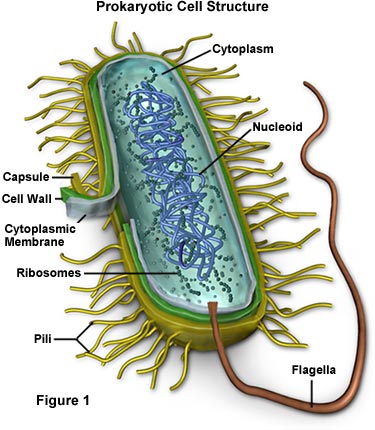The Intriguing Universe of Bacteria
 Hello again, and welcome back. Today I'm going to be serious (well, probably). It's finally time to talk about the last of the six kingdoms, archaebacteria and eubacteria.
Hello again, and welcome back. Today I'm going to be serious (well, probably). It's finally time to talk about the last of the six kingdoms, archaebacteria and eubacteria.To see how this all started, we need to TIME TRAVEL back to the past.

Now that we're here, lets talk about the six kingdoms. In the beginning, this guy named Carlos Linnaeus. He created the first version of the kingdom classification system. He divided all forms of life into animals and plants. Now lets dive deeper into THE INTRIGUING UNIVERSE OF BACTERIA. To see what changed Linnaeus's system, lets use our shrink ray and dive deep into the society of bacteria!
So, the first change that occurred in Linnaeus's system was when scientists found out about fungi. They looked at some mushrooms close up, and realized that they didn't make their own food.
Next are the protists and monera kingdoms. Scientists eventually discovered microscopic life forms and made the protist and monera kingdoms.
Finally, the monera kingdom was split into two different kingdoms, eubacteria and archaebacteria. They are both prokaryotic, meaning they have no nucleus, or a clump of genetic material bound by a membrane. Bacteria have a substitute called a nucleoid, which is a bunch of loose genetic material.
 Fact: They reproduce by fission, where one cell splits into two identical ones.
Fact: They reproduce by fission, where one cell splits into two identical ones.Bacteria also have no organelles, except for ribosomes, which fuel the cell with protein. Oh, and bacteria are unicellular as well, meaning they consist of one cell each.
 These amazing creatures have a cell wall, just like plants, but it doesn't help keep things in and out, it is only for structure. The cell is protected by the capsule and plasma membrane, on the outside of the cell. The cell is also covered in tiny, hairlike structures for moving around called pili, as well as a whip-like tail called a flagellum.
These amazing creatures have a cell wall, just like plants, but it doesn't help keep things in and out, it is only for structure. The cell is protected by the capsule and plasma membrane, on the outside of the cell. The cell is also covered in tiny, hairlike structures for moving around called pili, as well as a whip-like tail called a flagellum.There is also only one major difference between the two types of bacteria. They have different chemical balances, so archea can live in extreme environments.
So now it's time to grow big again. 3... 2... 1... WAIT! I forgot, one more thing. Archaebacteria cannot breathe oxygen! Okay, 3... 2... 1... THE END
If you liked this post, feel free to leave a comment or follow my account. See ya later!
Links:
Fission Pic
Bacterial Cell Pic
Flagella Pic
Time Machine Gif (T.A.R.D.I.S.)
Brainpop
No comments:
Post a Comment